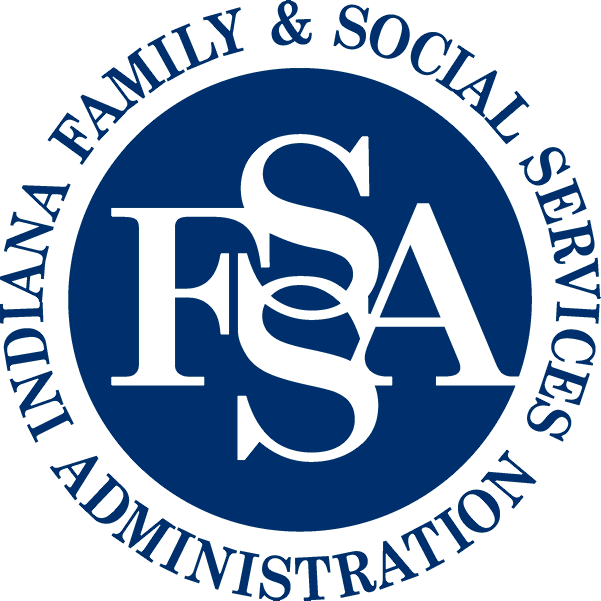The state has made assurances to the Centers for Medicaid Services that outcomes will be monitored for all youth and families participating in a state or federally funded service program to ensure the services provided are effective and enhance the lives of those served. Monitoring practice fidelity, participant satisfaction, outcomes, and using information are part of the quality improvement processes for youth services. To ensure effective intensive community based treatment is available for youth with serious emotional and behavioral health needs, the State routinely collects and analyzes outcomes data. The analysis of the data is used to determine effectiveness of services and identify need for performance improvement.
Evaluation activities include: Ongoing routine collection of outcomes, treatment model fidelity (WFI -4), satisfaction surveys and Medicaid claims data for youth receiving services; routine analysis (quarterly) of youth outcomes; and ongoing surveillance to identify gaps in services across the state and underrepresented populations.
Child and Adolescent Needs and Strengths Assessment Tool
The Child and Adolescent Needs and Strengths (CANS, Lyons, 2009) was developed to support care planning and level of care decision-making, to monitor the outcomes of services, and to facilitate quality improvement initiatives, developed from a communication perspective, the CANS creates a common language to help link the assessment process to the design of individualized service plans, including the use of evidence-based practices.
As an information integration tool, the CANS tool supports communication in a complex environment. The CANS integrates information from whatever sources are available. To accurately reflect the needs and strengths/resources of a youth and family, consider the six key characteristics of a Communimetric tool and scoring guidelines.
Six Key Principles Characteristics of a Communimetric Tool
Items were selected because they are each relevant to service/treatment planning. An item exists because it might lead you down a different pathway in terms of planning actions.
Each item uses a 4 (“0-3”) level rating system. The levels are designed to translate immediately into action levels. Different action levels exist for needs and strengths.
Consider cultural and developmental factors before rating any item and establishing the action level.
Rating should describe the child and family, not the child and family in services. If an intervention is present that is masking a need but must stay in place, it is factored into the rating and would result in the rating of an ‘actionable’ need (i.e. ‘2’ or ‘3’).
The ratings are generally “agnostic as to etiology”. In other words, this is a descriptive tool. It is about the “what” not the “why”. The CANS describes what is happening with the individual, but does not seek to assign a cause for a behavior or situation.
Wraparound Fidelity Index
Assurance that the family is being appropriately supported and has the authority to determine who will be involved in the development of the Plan of Care is evaluated through the use of the "wraparound fidelity index" described below:
The wraparound fidelity index 4.0 (WFI-4, Bruns, Suter, Force, Sather, & Leverentz-Brady, 2007)) is a set of interviews that measure the nature of the Wraparound process that an individual family receives.
The WFI-4 is completed through brief, confidential telephone or face-to-face interviews with three types of respondents: caregivers, participant (11 years-of-age or older), and wraparound facilitators. It is important to gain the unique perspectives of all these informants to understand fully how Wraparound is being implemented. A demographic form is also part of the WFI-4 battery.
The WFI-4 interviews are organized by the four phases of the wraparound process (engagement and team preparation, initial planning, implementation and transition).
In addition, the 40 items of the WFI interview are keyed to the 10 principles of the Wraparound process, with four items dedicated to each principle. In this way, the WFI-4 interviews are intended to assess both conformances to the Wraparound practice model, as well as adherence to the principles of Wraparound in service delivery. The 10 Principles of Wraparound, intended to support the family in the treatment process, include:
- Family voice and choice: Wraparound team specifically elicits and prioritizes the family and youth perspectives during all phases of the wraparound process. The team strives to provide options and choices such that the plan reflects family values and preferences.
- Team based: The team consists of individuals agreed upon by the family and committed to them through informal, formal and community support and service relationships.
- Natural supports: The team encourages the full participation of team members chosen from the family’s networks of interpersonal and community relationships.
- Collaboration: Team members cooperate and share responsibility for developing, implementing, monitoring and evaluating a single wraparound plan. The plan reflects a blending of team members’ perspectives, mandates and resources. The plan guides and coordinates each team member’s work towards meeting the Team’s goals
- Community-Based: The Team implements services and supports that take place in the most inclusive, responsive, accessible and least restrictive settings possible that safely promote youth and family integration into home and community life.
